Some cars instantly ooze success from every paint molecule. From the moment the proud designer slides off the cloth cover, the car looks to be a nailed-on smash hit. Very often it is. But sometimes, a car that looks like a sure-fire winner fails to make the cut.
Sometimes the car doesn’t drive in the ways its looks say it will. Sometimes the price is wrong. Sometimes there isn’t enough promotion behind it. Very often, it’s a mix of all these things and more. Read on, then, to discover our selection of cars that should have been stars, and five unlikely machines that broke records
Lotus Evora (2009 - now)

The costliest model Lotus had ever developed, the Evora aimed to combine Lotus Elise dynamism with refinement, 2+2 practicality and the electronic tech to make this a liveable Lotus. So liveable, Hethel reckoned, that it would sell 2000 a year. Sales barely reached half that in its best year, and while the car improved and power climbed, so did the price, turning the Evora into a niche seller. It’s far from a bad car, and the chassis is sensational, but annoyingly for Lotus, Porsche – mostly – does it better.
DS 5 (2011 - 2018)


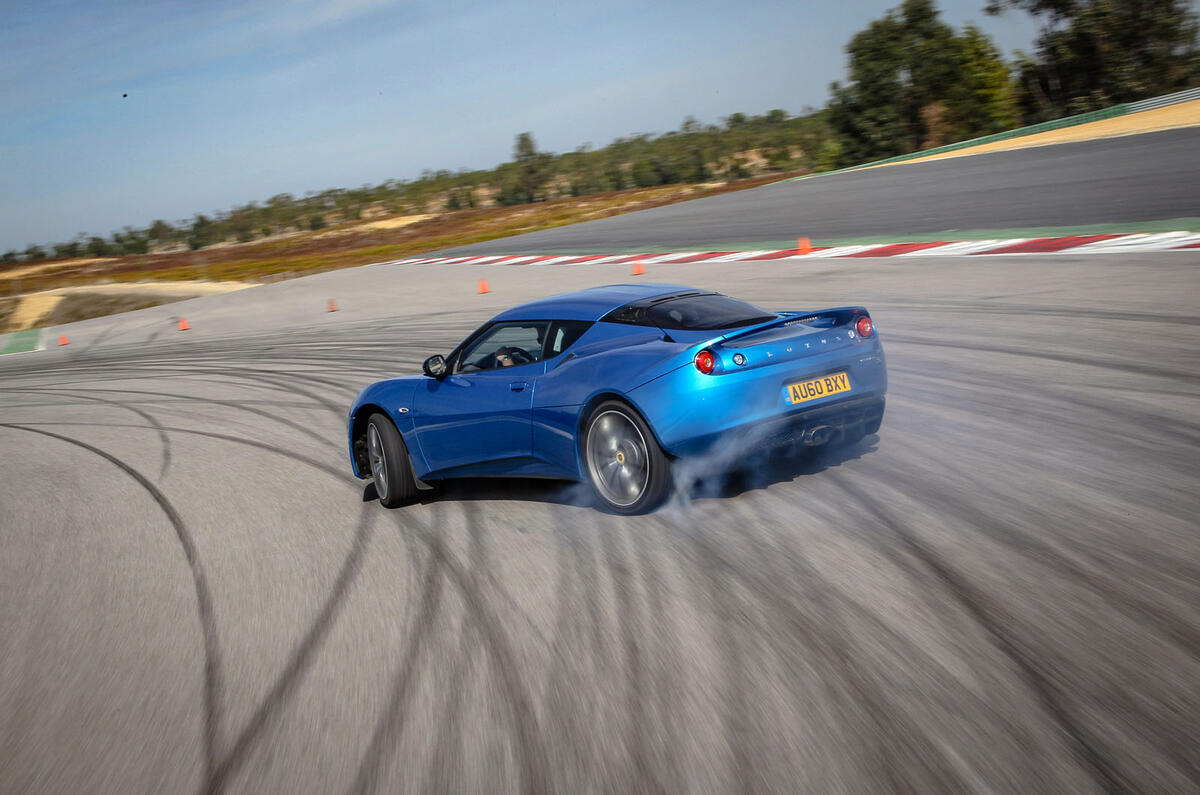
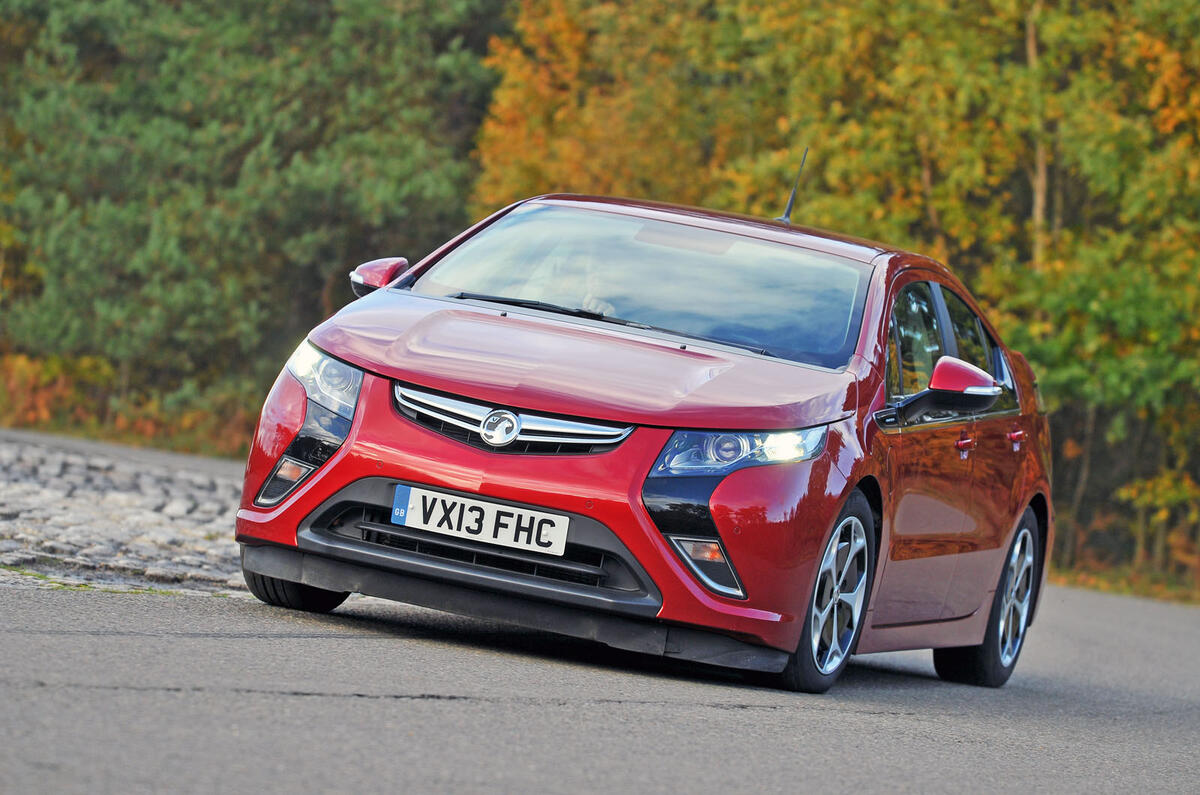
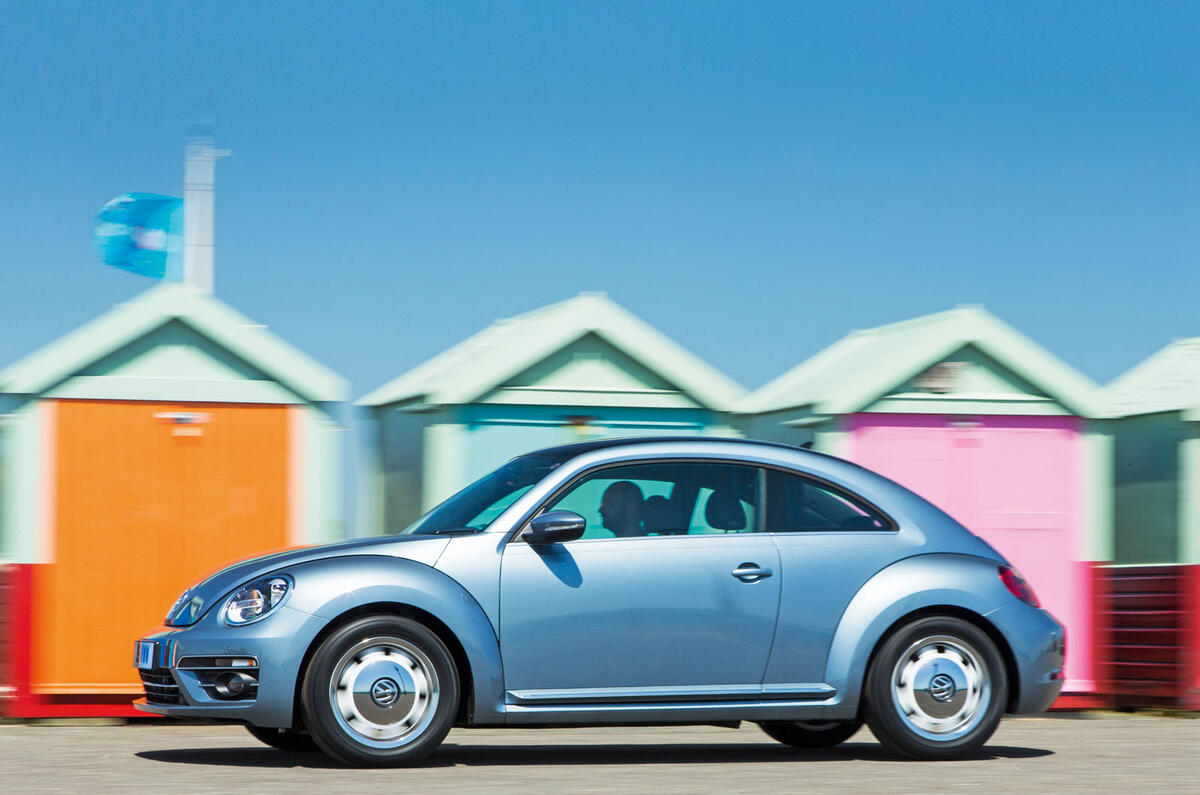


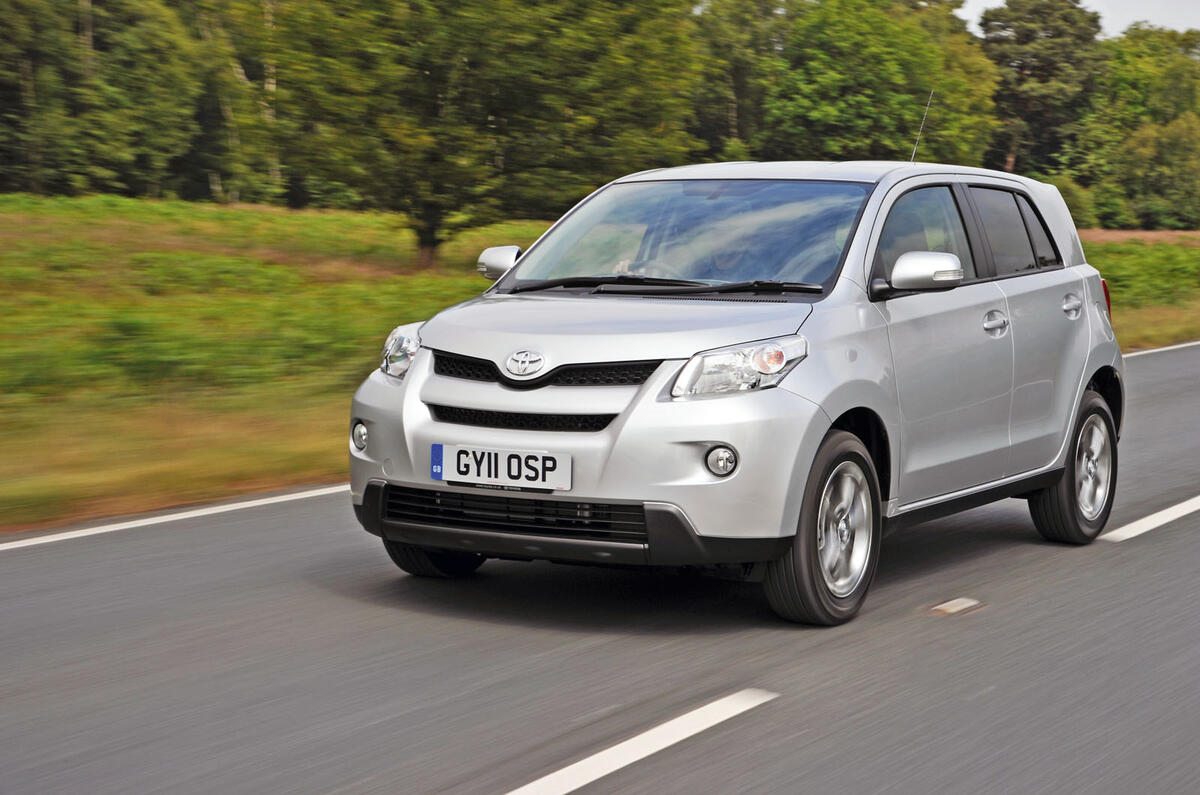

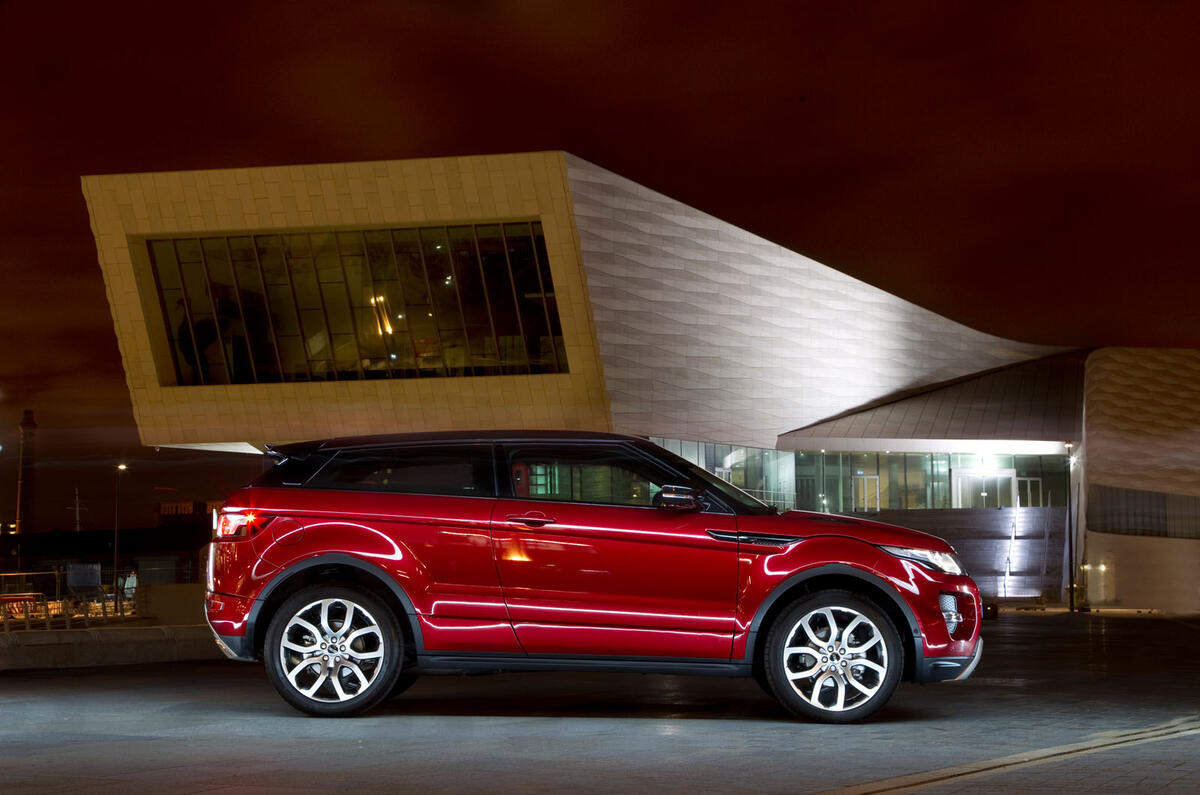
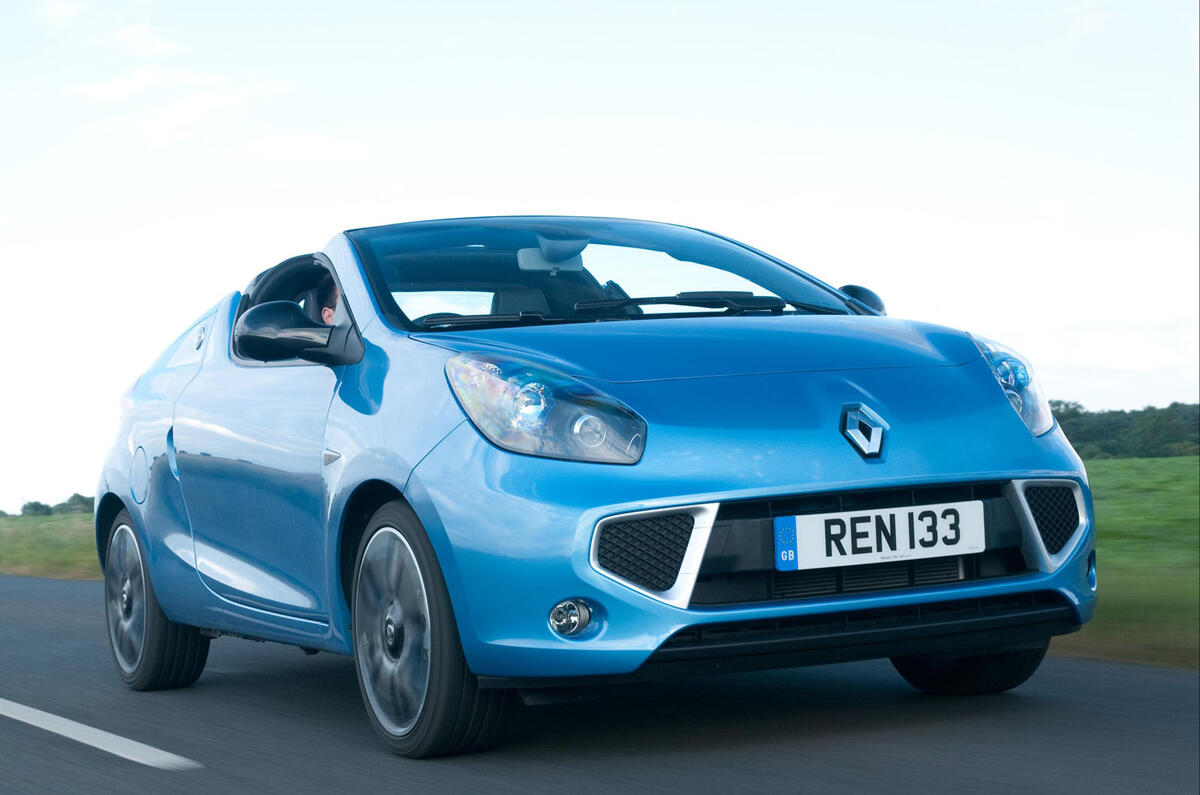


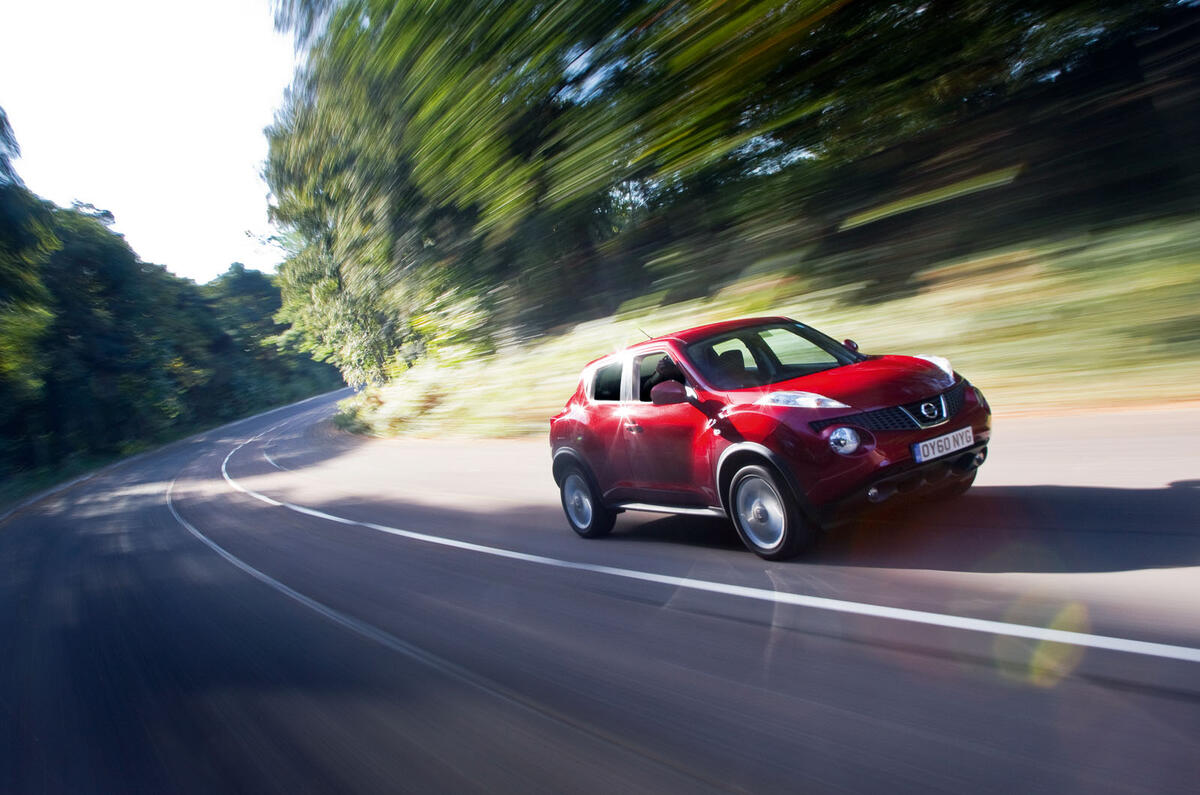
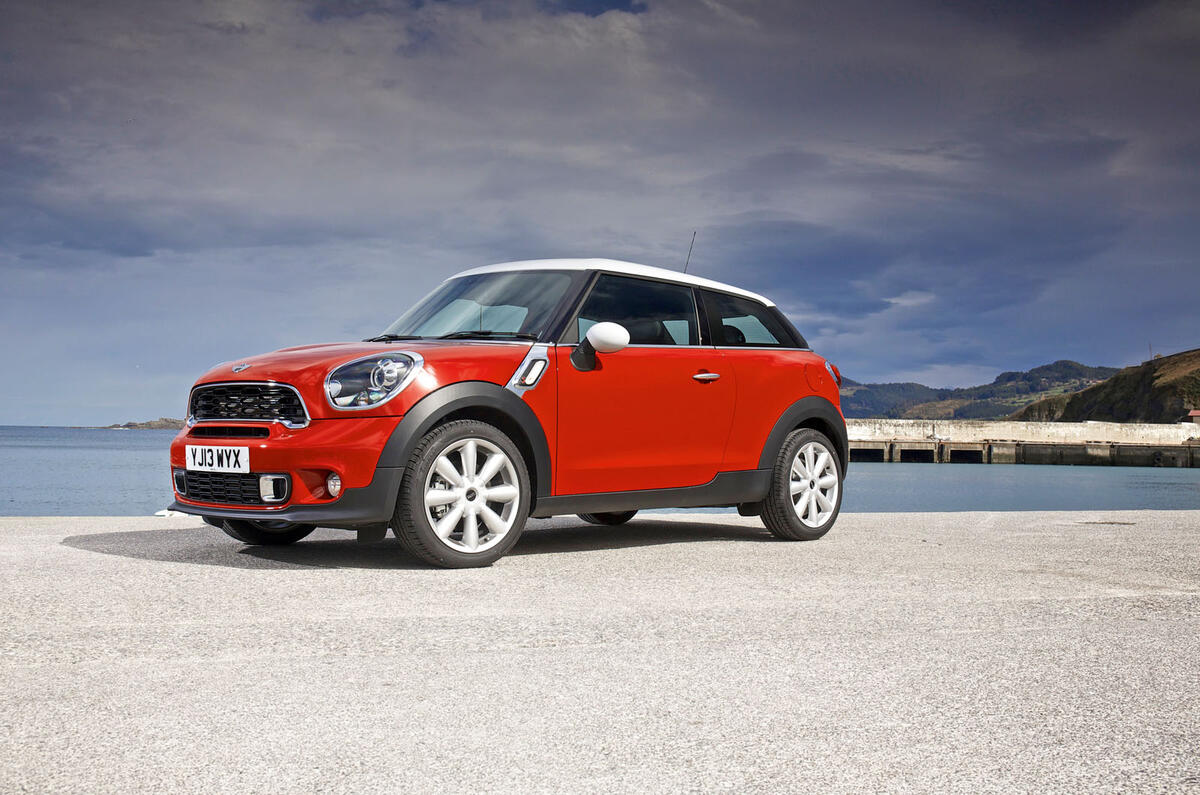
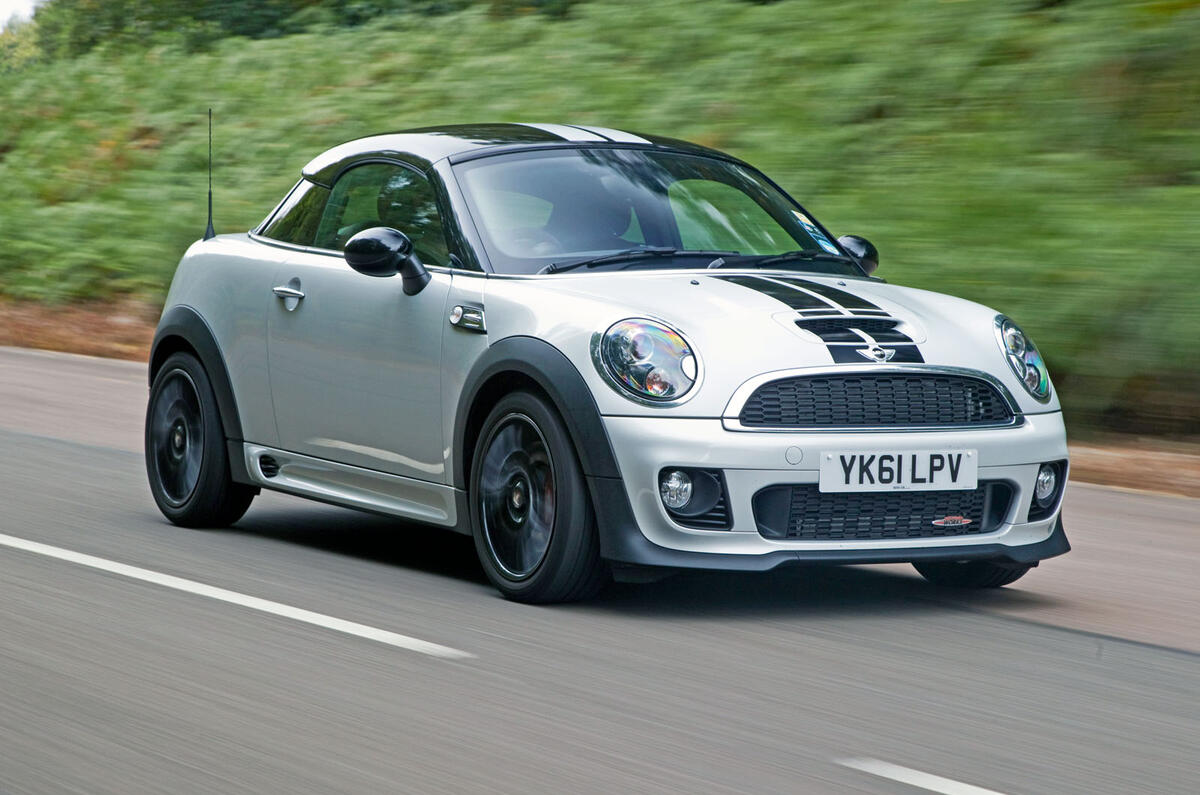




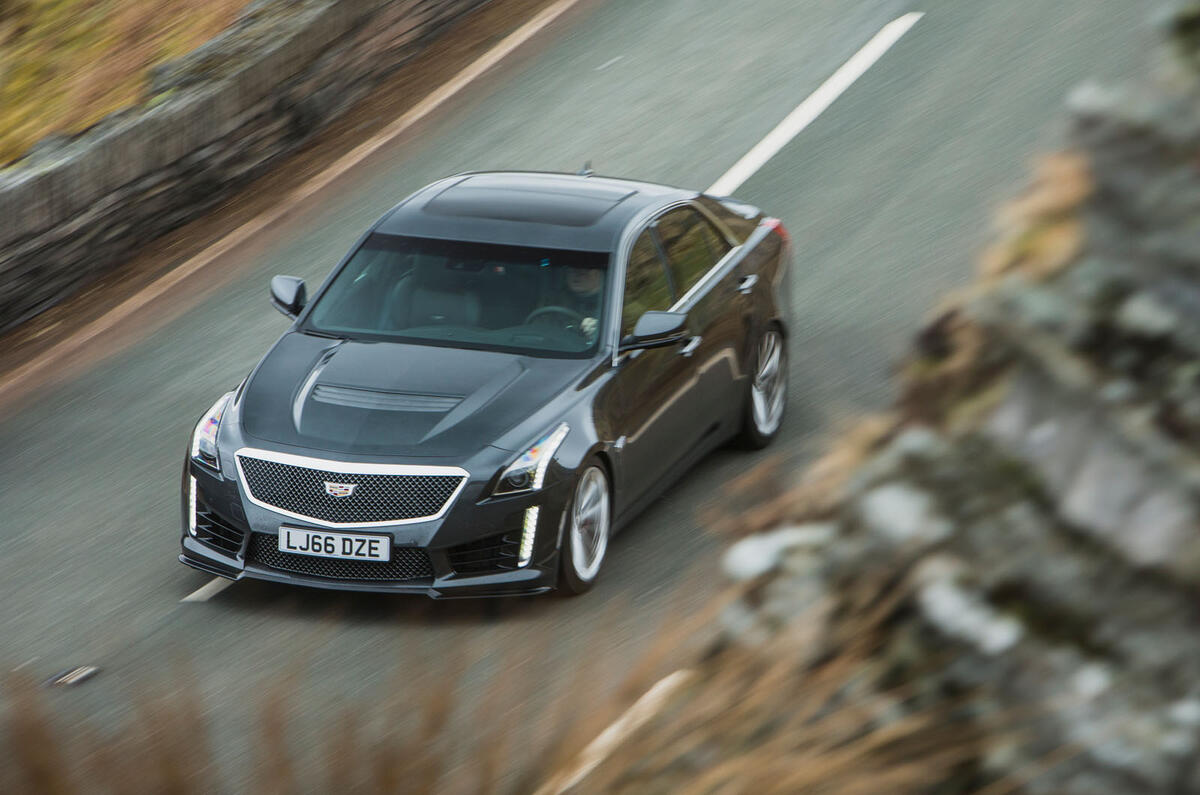

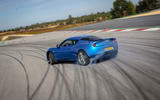
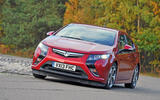

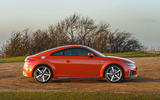

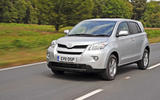

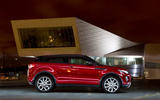
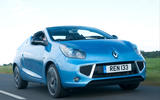
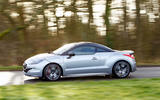
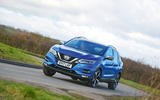
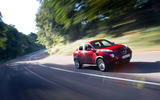
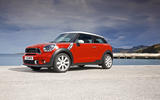
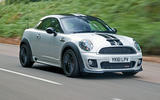
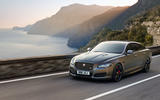

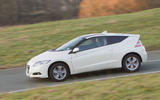
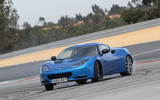

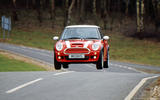




















Join the debate
Add your comment
Fake News...
Are you bored at Autocar HQ?!
WRT the Lotus Evora, squandered is a very poor choice of word. When Dany Bahar joined Lotus, he could not believe they managed to devlop the Evora on such a small budget. Infact, he said Ferrari have a similar budget designing seats!
Like the Evora, I think you miss the point on all of these cars. Whilst they may not have been a commercial success, they're still good cars AND they're different to your favourites the sheep buy!
scotty5 - my admiration
Cropely’s powder puff Alfa Romeo 4C article was very mich in my mind too, after reading this article . What these journos don’t seem to understand is when they write a powder puff piece it discredits their reputation, the magazine’s reputation and makes the reader question anything they have previously written .
I tried a DS5 for a weekend.
I tried a DS5 for a weekend. Yikes, it was like driving inside a World War II pillbox. Such poor visibility, especially at the rear.
I did find the HUD windscreen speed repeater useful.